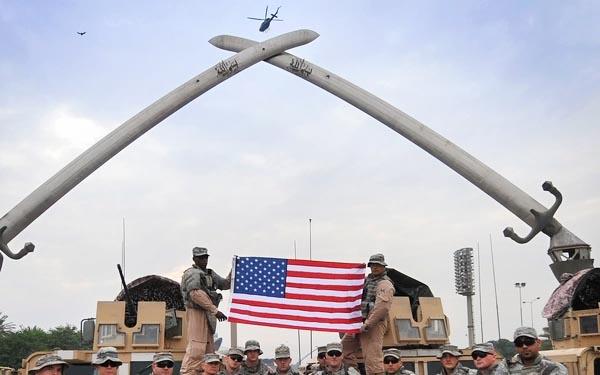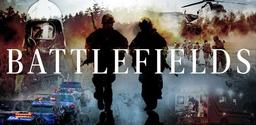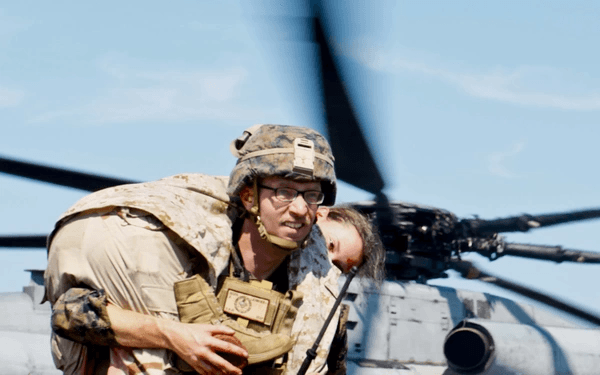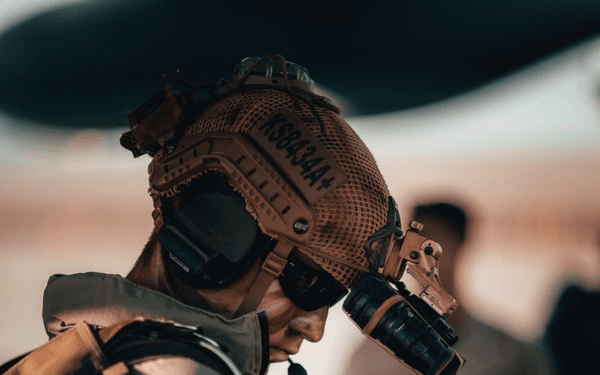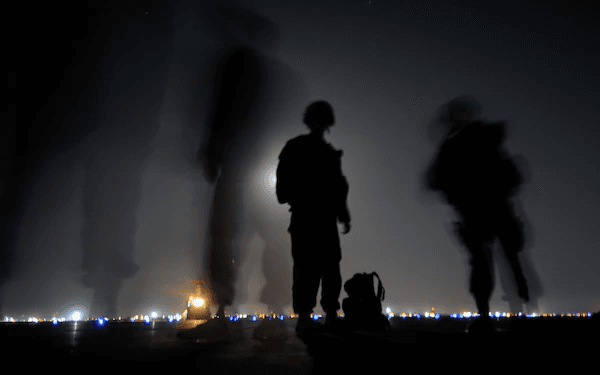Commentary
Saddam Hussein’s statue was pulled down on April 9, 2003. I doubt many civilians old enough to remember it could say where they were when they first saw those images. But for those in the military at the time, even 20 years later, I bet that you do. Before I tell you where I was, I’m going to tell you how I got there.
